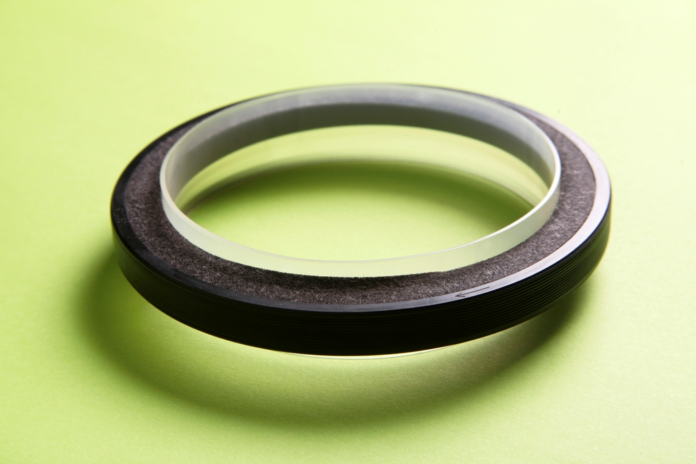
According to Deloitte, the US manufacturing industry will continue to see positive economic indicators in the next few months despite labor and supply chain challenges. However, there is persistent pressure on industrial manufacturers to reduce costs while maintaining profitability, especially during economic downturns. And if there is one small thing that can affect a company’s bottom line the most, it’s broken o-ring seals.
O-ring seals are used across a variety of applications and industries, from automotive and aeronautics to healthcare and more. These industries rely on machinery that is engineered to withstand chemical leaks, temperature extremes and other unique factors.
There are thousands of materials involved with the production of o-ring seals for industrial manufacturing, and the exact type you need will vary widely based on several factors. Each o-ring is manufactured to withstand different situations, including extreme temperatures, ozone exposure, abrasion, movement, pressures, chemical exposure and vibration.
These unique properties will affect the cost of the o-ring significantly, as well as the likelihood of it being quickly available and in stock with your supplier. Without the proper o-ring, here are a few problems you could encounter that would seriously affect your bottom line.
1. Broken and Downed Machinery
While it might seem like an easy way to cut costs, purchasing o-rings from an offshore supplier or unreliable supply chain partner is risky. When you factor in the effect that o-ring failure could have on your machinery, it’s a different picture entirely. You might save a few dollars purchasing seals from an untrusted source, but those dollars could end up multiplied by hundreds of thousands when a machine has to be replaced due to irreparable damage.
If a poor-quality seal causes machinery damage, your best-case scenario is a machine that is able to be repaired. You’ll be faced with paying labor costs to fix it, however, as well as the profit loss involved with production downtime. Ultimately, the cost will far outweigh the savings.
The worst-case scenario is a broken machine that could cost hundreds of thousands of dollars to replace, along with potential lawsuits involving employee injury as a result of machine failure. Sure, it’s not as likely, but just being a potential outcome is cause enough to reconsider your o-ring purchasing strategy.
2. Production Loss
Machines that are broken due to a faulty o-ring could end up seriously affecting your bottom line, particularly when you take into account the halt in production that occurs while the seal is being replaced. Whether it’s down for a day or 20, that’s a loss of potential income that could have been avoided.
Some estimates put the true cost of machine downtime into very clear perspective. For example, among the Fortune Global 500 industrial firms, recent projections are at a loss of 3.3 million hours a year due to unplanned downtime. That turns out to be a cost of $864 billion. Considering that figure, the cost savings achieved through purchasing low-quality o-rings from an unreliable supplier don’t quite add up.
Why Your Supply Chain Matters
If it’s a specialty or custom-sized seal, dealing with unreliable or oversees supply chain partners could mean productivity is stalled for days, if not weeks. That’s why it’s always a smart plan to work with U.S. manufacturers in your supply chain who not only carry a large inventory ready to ship out immediately, but also have a solid reputation for providing high-quality seals.
You’ve built your company through hard work and customer satisfaction, which is why downed machinery and production loss from broken o-rings can cause big problems fast. Choosing the right o-ring supplier means choosing the right thing for your business.











